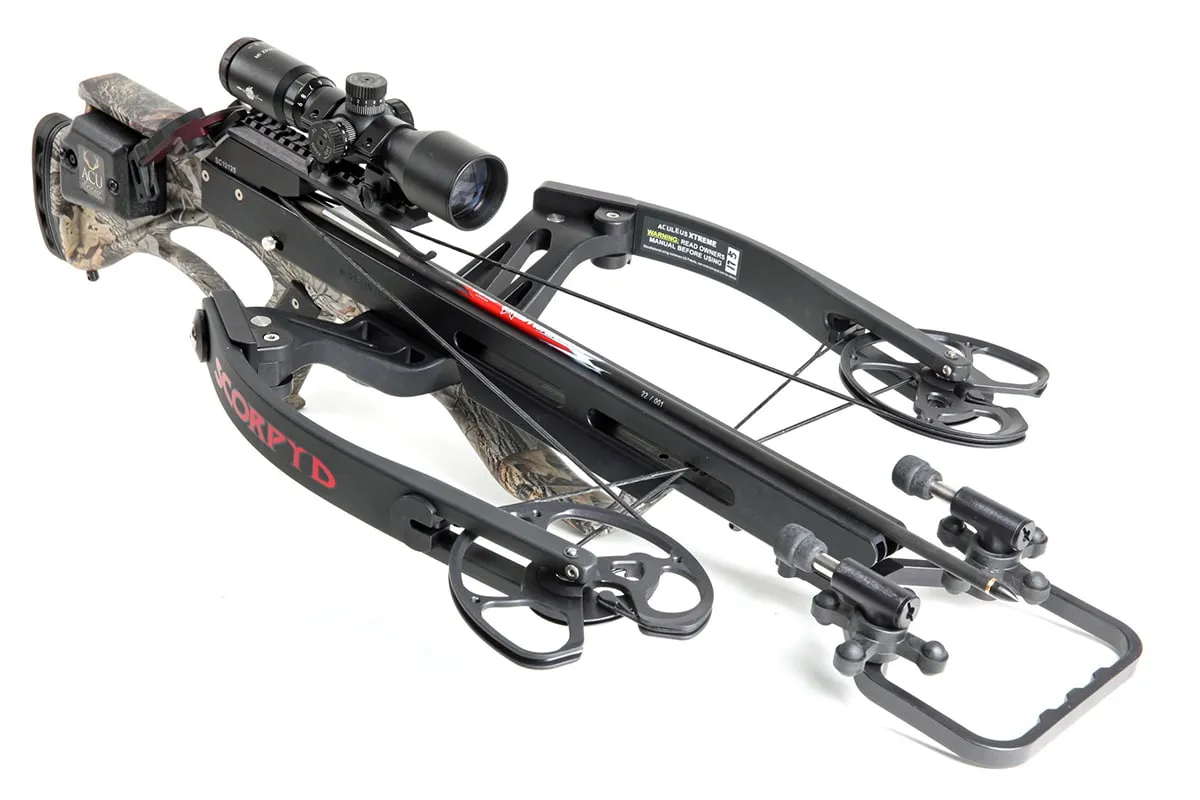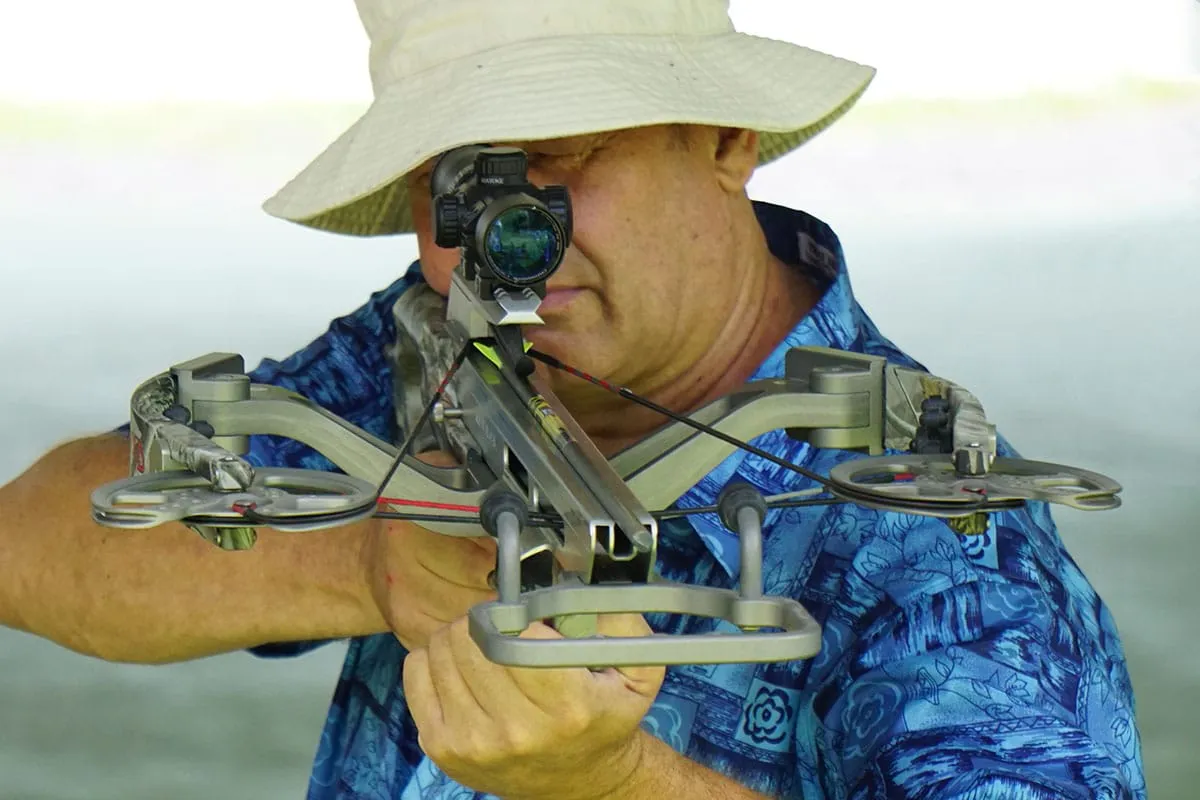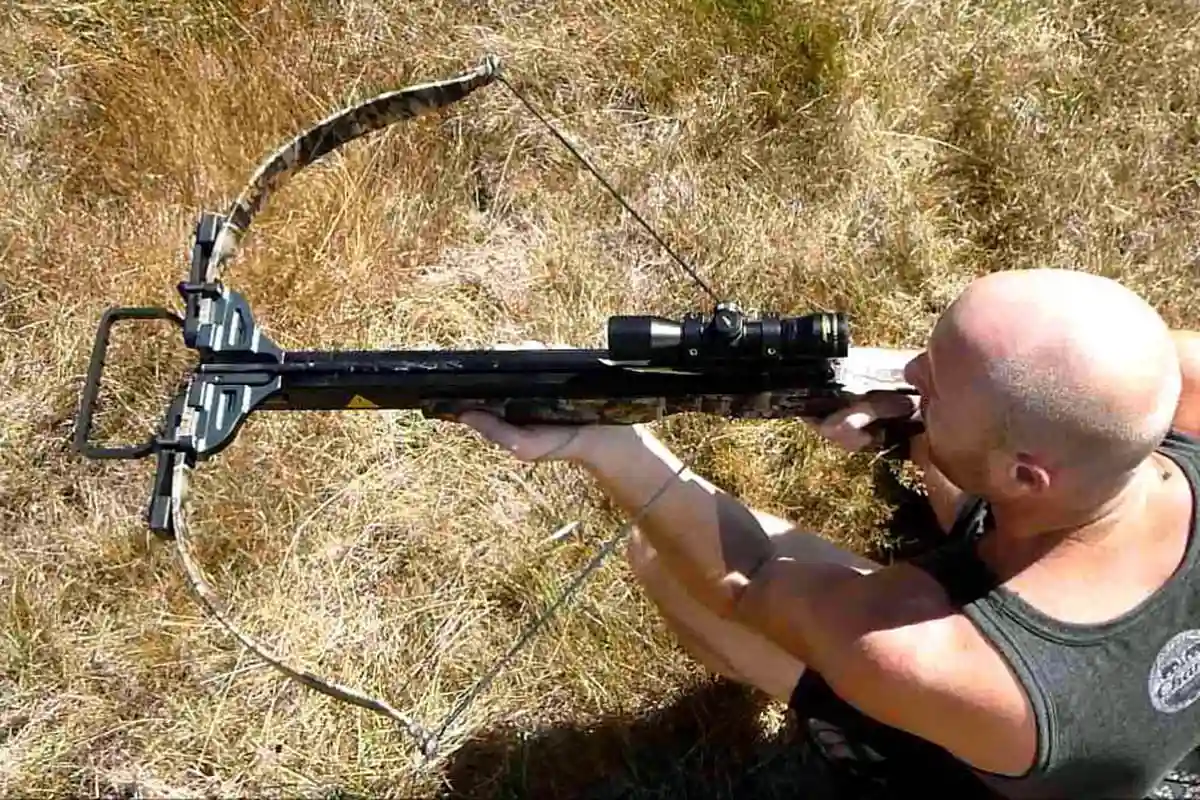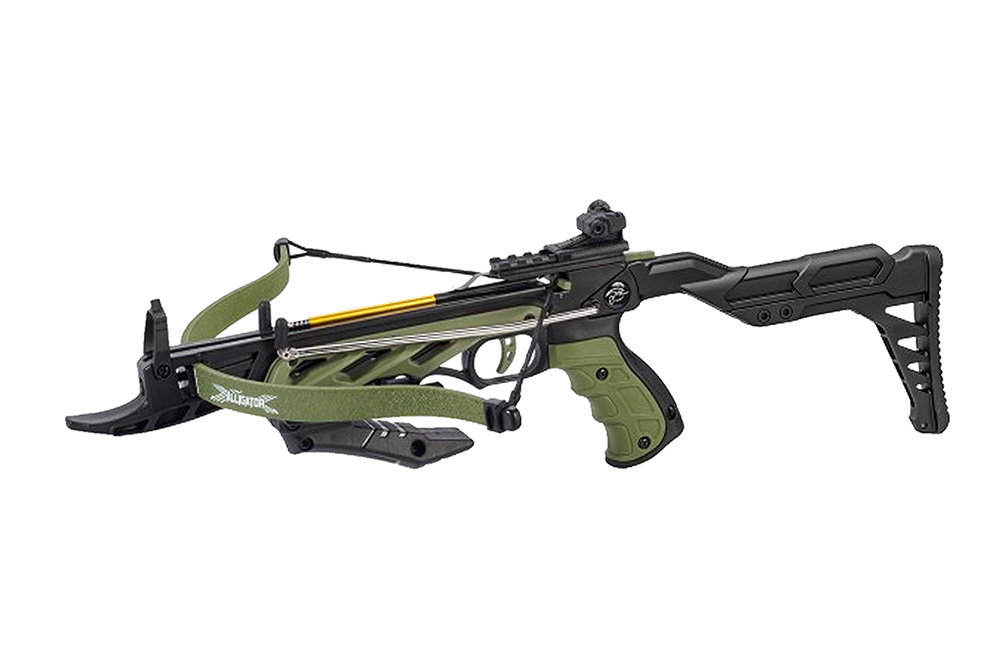The usage of crossbows is gaining popularity among hunters and target archers. Compared to compound or recurve bows, they are simpler to handle and can shoot bolts with high accuracy even at long distances. Scopes can be added to enhance precision and they can be held like a rifle.
Reverse Draw Crossbows

This modern high-tech crossbows are a recent innovation that differs from traditional crossbows in the orientation of its limbs. Instead of being connected at the front, the limbs curve forward and connect at the back. However, this does not mean that they are turned around completely.
Rather, they are perpendicular to the bow and attached at the rear. The cams are still located at the front, which is where the bowstring is attached. When the bowstring is pulled back, it pulls the limbs inward, storing energy.
Hunting Crossbows

One significant benefit of reverse draw crossbows is that they reduce the axle-to-axle limb length, making them more maneuverable during hunting. Additionally, their center of gravity is located at the rear, making them easier to control and quieter when fired.
However, the primary advantage of this design is increased power, as the bowstring pushes against a longer length of bolt shaft due to the cams being located at the front. The downside is that these crossbows can be difficult to find and maintain due to their complex technology.
Recurve Crossbows
Modern recurve crossbows are the proud evolution of its ancestors and have nothing to envy from compound crossbows. In fact, the main advantage of all recurve crossbows is its reliability. See it that way, a recurve crossbow has fewer parts than a compound crossbow which reduces the possibility that something goes wrong while using it.
“You really don’t need to send a bolt at 400 fps to kill a deer, nor do you need to have Bluetooth-equipped electronic sights and rangefinders to get the job done. While these types of modern tools can definitely help a hunter out, they aren’t required. What truly is needed is gear that works. Works in the heat and works in the rain” By Sam Forbes
Pistol Crossbows
Pistol crossbows are crossbows that can be fired using only one hand or from the shoulder. They are essentially smaller versions of the recurve crossbow and lack a shoulder stock for support. Some models are designed to be “self-cocking,” which does not imply that they are automatic firearms. Instead, they feature a simple lever for cocking the crossbow, as opposed to the arduous process of drawing a conventional crossbow using a foot in the cocking stirrup. In essence, they are identical to larger crossbows, but in a more compact form.
Repeating Crossbows
Repeating crossbows are equipped with a magazine similar to that found on repeating rifles. This magazine holds a stack of 6 to 8 bolts, which are positioned on top of the crossbow. To prepare for shooting, a lever located at the back of the crossbow is used to pull the bowstring back. Once the bowstring reaches the fully cocked position, the next bolt in line falls into place. By simply manipulating the lever back and forth, one can rapidly shoot through the entire magazine in a matter of seconds.
Arrow Speed from Crossbows
When evaluating the speed of a crossbow’s performance, there are two distinct measurements to take into account. One measurement is the velocity of the arrow, which is measured in Feet per Second (fps). This measurement simply indicates how quickly the arrow is traveling and remains relatively consistent regardless of the distance from which it is shot. Arrow velocities typically fall within the range of 200 fps to 450 fps. The second measurement to consider is the amount of kinetic energy. This is measured in Foot Pounds of Kinetic Energy (fpke). Unlike arrow velocity, this measurement reveals the amount of energy that is transferred to the target by the arrow. It is important to note that kinetic energy decreases as the distance increases, so this factor must be taken into consideration. Generally, kinetic energy ranges from approximately 30 fpke to 125 fpke.






